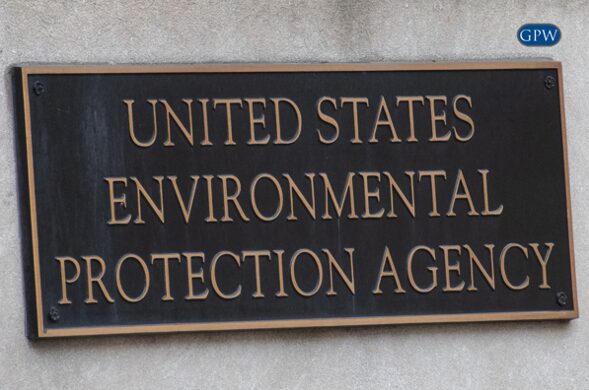What To Do If You Were Recently Exposed to Asbestos
Asbestos can be produced or woven into goods and was utilized in a variety of industries in the 20th century. Heat, fire, and chemicals do not harm asbestos. When asbestos spreads through the air, its indestructibility becomes a double-edged weapon. If asbestos is inhaled, the fibers may become stuck in the lungs and cause serious respiratory issues. Since asbestos is known to cause cancer, many of its applications are restricted in the United States to reduce exposure.
Is Asbestos Still in Use?
Asbestos hasn’t been mined for decades, and new uses have been banned since 1989. However, asbestos has been found in many older homes and buildings. It is still used in some manufacturing processes and may be an ingredient in consumer and household products.
The manufacturing and construction industries have used asbestos to:
- Strengthen cement, plastics, and floor tiles.
- Provide insulation for pipes, ducts, and furnaces.
- Fireproof buildings, vehicles and their parts, and textiles.
- Absorb sound.
Some household and consumer products have also been found to contain asbestos, including:
- Talc-based products and powders
- Cosmetics
- Artificial ashes in gas-fired fireplaces
- Brake linings and pads, facings of the clutch, and gaskets
- Fire-resistant fabrics and gloves, ironing board, stovetop, and table pads
- Adhesives coating, plastic, and paint
- Vermiculite consumer garden products and insulation
Who is Considered Most at Risk of Asbestos Exposure?
People who handled asbestos directly in their work are at the highest risk of developing an asbestos-related condition or disease. Occupations with a high risk of asbestos exposure include:
- Mining and milling of asbestos
- Automotive workers
- Building cleanup and demolition workers
- Building and construction tradesmen
- Flooring, chemicals, plastics, or rubber manufacturing workers
- Fabric milling and textile manufacturing workers
- Firefighters
- Railway construction workers
- Shipbuilders and naval personnel
Most people have had exposure to asbestos at some point. However, being exposed to it doesn’t necessarily mean that you’ll develop health problems. The biggest issue is breathing in asbestos dust or fibers that have been released. Asbestos only presents a problem if it becomes airborne because something disrupts or damages it. According to the EPA, asbestos-containing materials that are in good condition and are not disturbed will not release dust or fibers.
While there is no level of safe exposure, CDC guidelines note the risk of developing an asbestos-caused illness increases based on the length of time and frequency of asbestos exposure, and whether or not you smoked.
Recent Exposure to Asbestos? Here is What You Can Do.
If you have been exposed to asbestos, your clothing and skin may be carrying loose asbestos fibers or dust. Be sure to take a shower, and washing your clothing, shoes, and whatever else the tiny fibers may have clung to. If you believe you have been exposed at home, call a certified asbestos contractor to evaluate the material that you believe could contain asbestos. They will know how to contain or remove the asbestos-containing material.
The latency period between asbestos exposure and disease development can span decades. Those who have recently been exposed to asbestos may have nothing to worry about, and more often than not, a disease will not develop. However, asbestos exposure does cause lung cancer and mesothelioma, which can be fatal. If you are experiencing symptoms such as shortness of breath, or chronic cough, it’s best to see a medical professional. Discuss the details of how you were exposed to asbestos. After reviewing your medical history and performing a physical exam, they will determine if a CT scan or additional testing is necessary.
If testing indicates that you have an asbestos-related condition, you should consult with an attorney at Goldberg, Persky & White and discuss your options for compensation.




